by Michael Haskew
During much of his political and military career, Napoleon Bonaparte, perhaps the foremost figure in both arenas in the history of France, was at war with neighboring countries. In the summer of 1806, he established the Confederation of the Rhine to serve as a buffer between France and the adversarial nations of Central Europe. During these “Napoleonic Wars,” the threat of French hegemony on the Continent prompted Prussian Emperor Frederick III to declare war on Napoleonic France.
[text_ad]
In October, Napoleon led his powerful Grand Armée, numbering 180,000 troops, northward through the forest of Thuringia in what is today modern Germany. The Prussian Army, 145,000 strong under the command of the Duke of Brunswick, Prince Friedrich Ludwig Hohenlohe, and General Ernst Friedrich von Ruchel, was also in the field. The Prussian commanders realized that Napoleon’s army was in force to their front but wasted precious time in responding.
Averting Disaster At Jena
On October 10, the French shrugged off a small Prussian force at Saalfeld, and three days later Napoleon incorrectly believed that he had found the main Prussian army at Jena on the banks of the River Saale. On October 14, he ordered nearly 100,000 troops to attack a Prussian force actually half its size and crushed his enemy, inflicting 26,000 casualties while suffering 5,000 killed and wounded. In the fight at Jena, Napoleon displayed his genius for tactical combat with the principle of distributed maneuver, moving several corps forward independently but still within reasonable distance to support one another in a general engagement. A brush with disaster was averted when the corps under Marshal Michel Ney attacked without orders and fell under heavy Prussian artillery fire. Napoleon moved his trusted Imperial Guard to the center of his line and ordered another corps to the rescue, saving Ney’s command.
As the fighting progressed, Napoleon fixed the location of the main Prussian army near Auerstadt , and engaged the enemy along the banks of the Saale. He ordered two corps under Marshals Louis-Nicholas Davout and Jean-Baptiste Bernadotte to execute a flanking movement to the north and east. Although outnumbered three to one, Davout skillfully handled his 27,000 troops, outmaneuvering the Prussians who committed their forces piecemeal, and soundly defeated them. The Duke of Brunswick was killed during the engagement. French losses amounted to 10,000 killed and wounded, while the Prussians took 13,000 casualties.
March Into Berlin
In defeat, the Prussians realized that drastic military reforms were necessary, and the genesis of sweeping change emanated from the disaster at Jena-Auerstadt. Great Prussian military thinkers such as Carl von Clausewitz, Gerhard von Scharnhorst, and August Neidhardt von Gneisenau had been present during the defeats and subsequently led Prussia’s ascent to the dominant role in ejecting the French from German territory.
Following the twin victories at Jena-Auerstadt, Napoleon pursued the retreating enemy. His army marched into the Prussian capital of Berlin on October 24, effectively ending organized resistance to the French Grand Armeé. For the next six years, the Kingdom of Prussia was a vassal state of the French Empire. The formation of the Sixth Coalition in 1812 brought war to Europe once again.
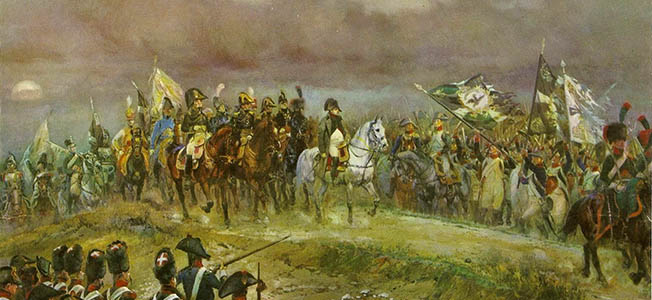
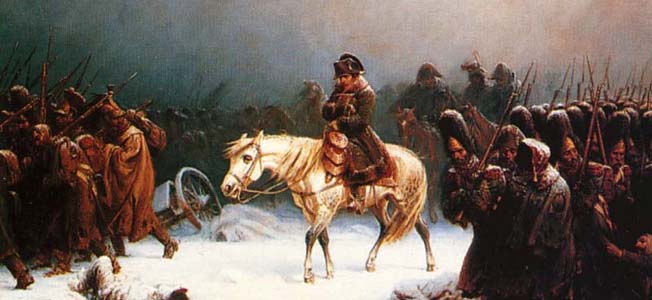

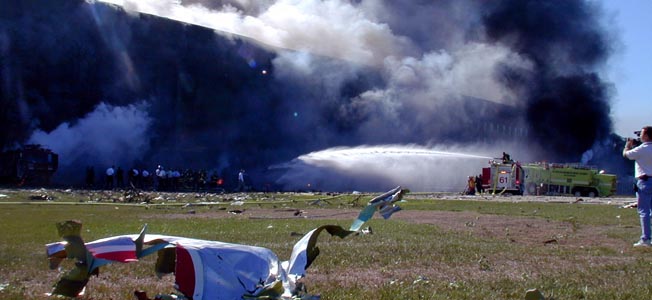

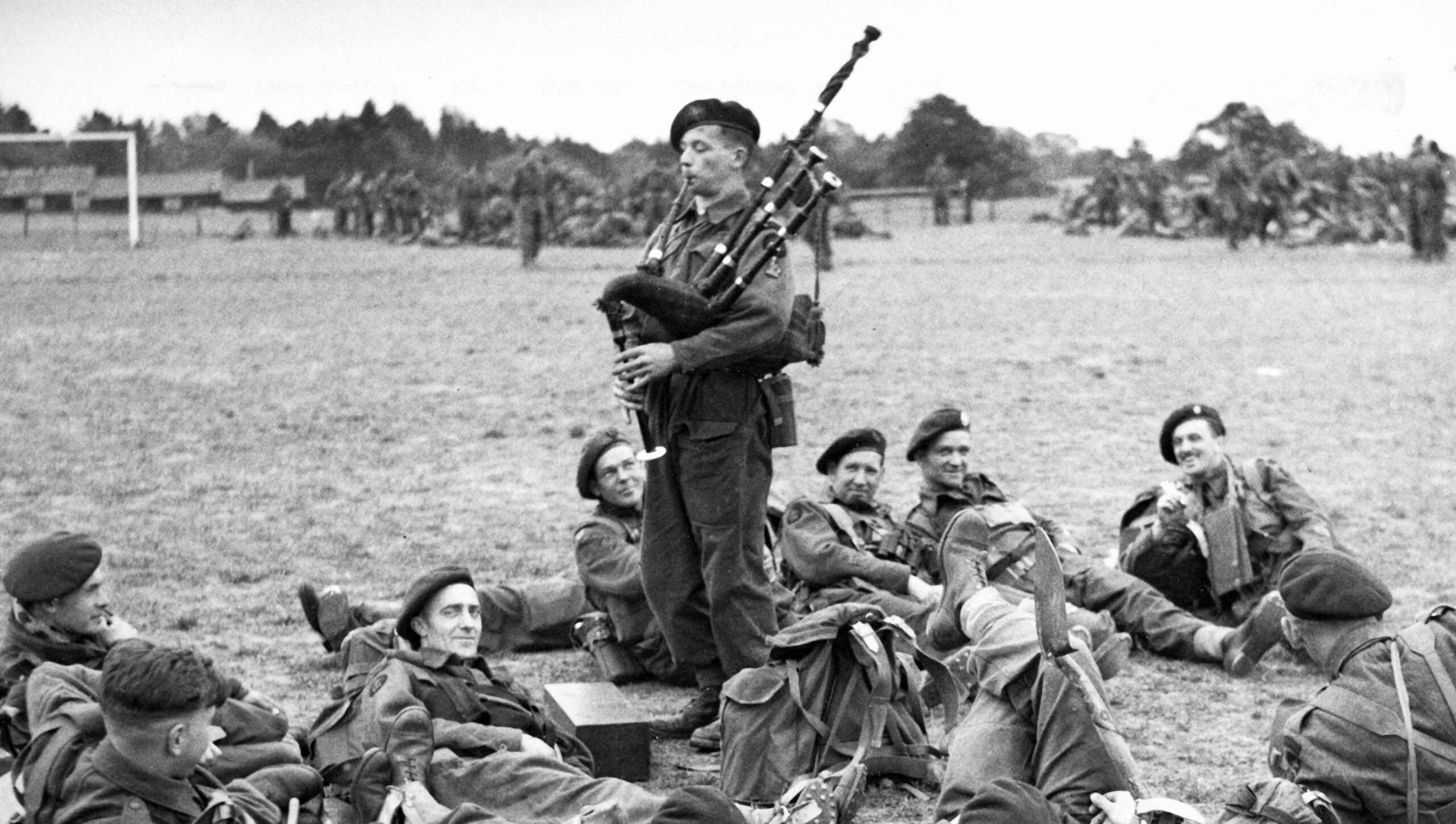
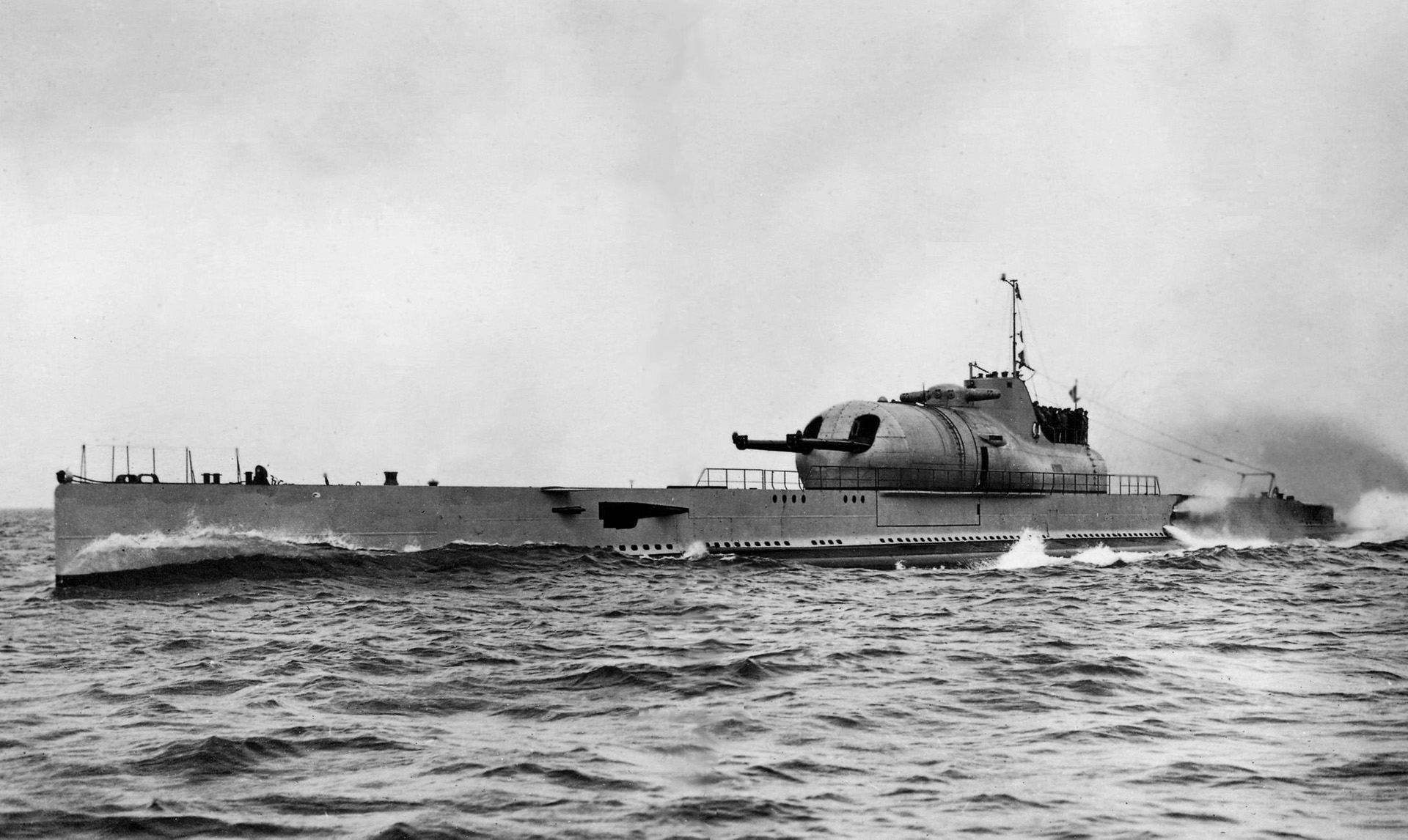
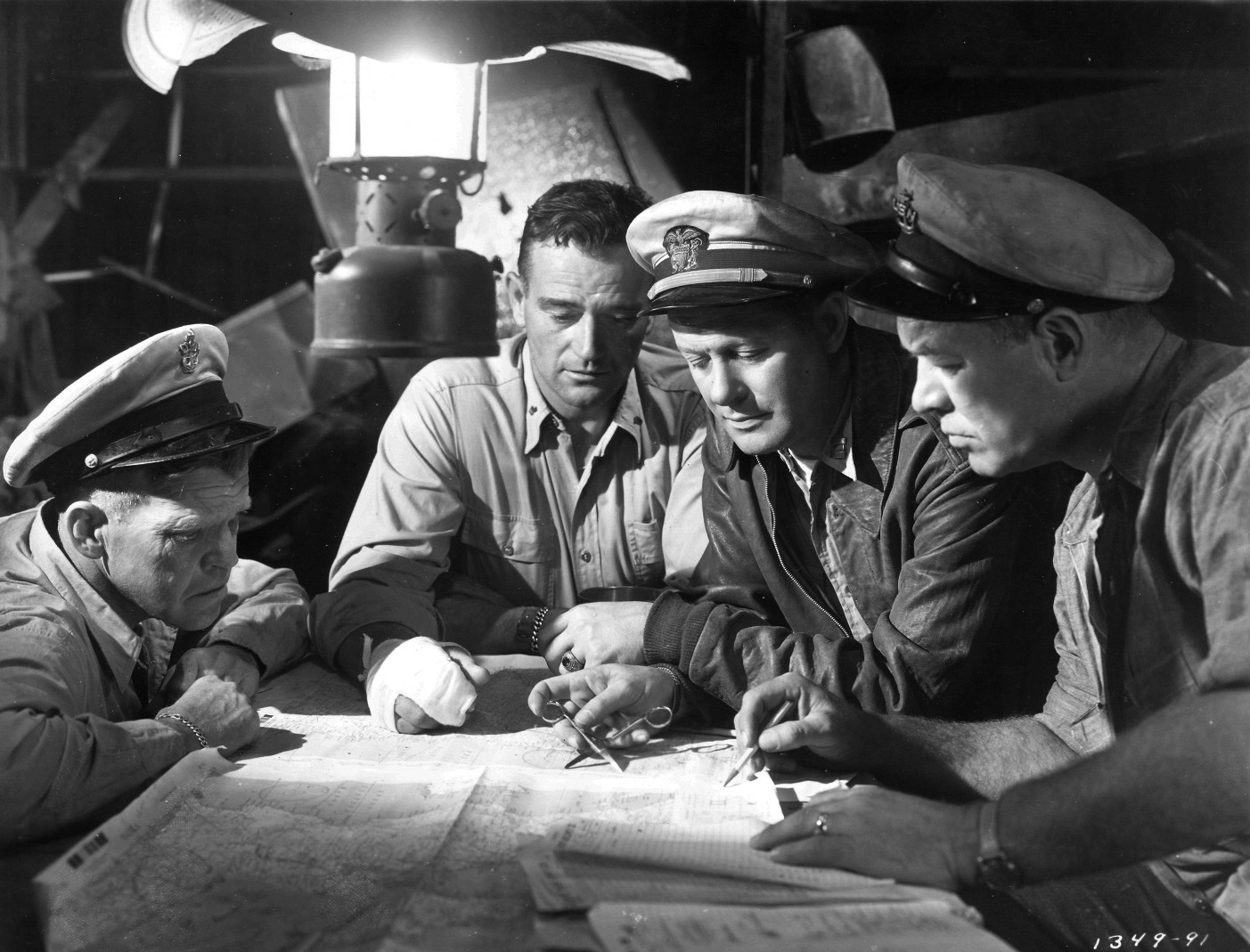
Join The Conversation
Comments
View All Comments